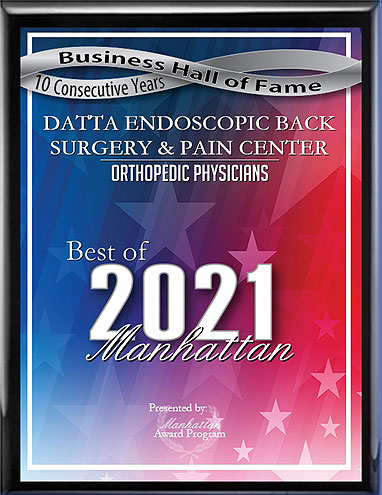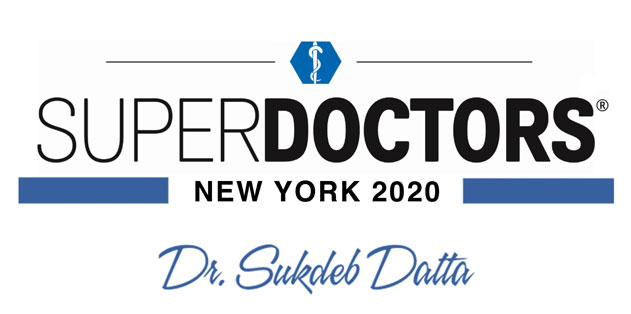Bulging discs are one of the most common spine conditions around. A bulging disc is a disc that has become misshapen. Sometimes there are no symptoms at all, but when the misshapen disc presses against the spinal cord or nerve roots, then patients can experience pain, muscle weakness, or numbness.
When is Surgery Needed?
Generally, surgery is only used for bulging discs when non-surgical treatments fail to relieve symptoms, a relatively rare event. The exception is in rare cases of cervical (neck) bulging discs where symptoms are severe or getting progressively worse, because such a condition can lead to serious and even life-threatening symptoms.
Only a doctor can identify whether surgery is needed in any particular case; it's a decision made on careful consideration of the patient's condition, symptoms, and medical history. However, patients who have been told that they are not candidates for traditional back surgery may still be eligible for laser back surgery.
Laser Back Surgery
Traditionally, surgical treatment for bulging discs consisted of open back surgery, an extremely invasive procedure that required the doctor to make a large incision in the back. It was often accompanied by major procedures such as the removal of vertebral bone or the fusion of vertebrae.
Laser back surgery changed all that. Instead of being subjected to an invasive procedure with a long recovery time, patients enjoy a shorter, more comfortable recovery time. During laser back surgery, a camera and a laser probe are inserted through small incisions in the back. Then, laser energy is carefully applied to the affected part of the disc. The disc dissolves, thus removing the pressure on the nerves. The procedure is performed under local anesthesia in an outpatient setting, and patients usually feel their symptoms dissipate as the procedure is being performed.
To learn more about treatment for your chronic back pain, please click below or call the Datta Endoscopic Back Surgery and Pain Center at (646) 374-1799.
When is Surgery Needed?
Generally, surgery is only used for bulging discs when non-surgical treatments fail to relieve symptoms, a relatively rare event. The exception is in rare cases of cervical (neck) bulging discs where symptoms are severe or getting progressively worse, because such a condition can lead to serious and even life-threatening symptoms.
Only a doctor can identify whether surgery is needed in any particular case; it's a decision made on careful consideration of the patient's condition, symptoms, and medical history. However, patients who have been told that they are not candidates for traditional back surgery may still be eligible for laser back surgery.
Laser Back Surgery
Traditionally, surgical treatment for bulging discs consisted of open back surgery, an extremely invasive procedure that required the doctor to make a large incision in the back. It was often accompanied by major procedures such as the removal of vertebral bone or the fusion of vertebrae.
Laser back surgery changed all that. Instead of being subjected to an invasive procedure with a long recovery time, patients enjoy a shorter, more comfortable recovery time. During laser back surgery, a camera and a laser probe are inserted through small incisions in the back. Then, laser energy is carefully applied to the affected part of the disc. The disc dissolves, thus removing the pressure on the nerves. The procedure is performed under local anesthesia in an outpatient setting, and patients usually feel their symptoms dissipate as the procedure is being performed.
To learn more about treatment for your chronic back pain, please click below or call the Datta Endoscopic Back Surgery and Pain Center at (646) 374-1799.






 EDISCSCULPT
EDISCSCULPT



